The IBM POWER8 Review: Challenging the Intel Xeon
by Johan De Gelas on November 6, 2015 8:00 AM EST- Posted in
- IT Computing
- CPUs
- Enterprise
- Enterprise CPUs
- IBM
- POWER
- POWER8
Taking a Closer Look At IBM's S822L
The S822L was mounted in the Xeon server dominated racks inside our experimental datacenter. The build quality of both the rails and server were apparent, a "locking mechanism" made sure the server was easy to mount without a screwdriver and was kept firmly at its place.
The system booted by using the Flexible Service Processor (FSP), which is comparable to the Baseboard Management Controllers as they are both components that allow you to manage and monitor your server thanks to the IPMI specification. The main difference with Xeon system is that the FSP and its related firmware and software is the only way you can control your system. There is no "BIOS" screen or BIOS configuration setup, everything has to be configured and booted via the FSP software. You could say that the "BIOS" and "BMC management software" are now integrated into one central firmware.
To power on the S822L, you have to access the FSP using the open-source IPMItool. Once the server is booted up, the "petitboot" bootloader of OPAL (the OpenPOWER Abstraction Layer firmware) takes over. It scans all bootable instances (disks, network, optical, etc.) for operating systems, and is similar to the GRUB bootloader. From there, you can install Linux like you would on an x86 system.
The cover was covered with a lot of interesting service information about the upgrading and replacing the hardware.
Once we removed the cover, lots of expansion slots became visible.
No less than nine hot plug (!) low profile PCIe Gen 3 slots are available. Four of them are x16, ready for some GPU action. Five are x8. Only one of the PCIe slots is used for the standard quad-gigabit Ethernet adapter. We also had one Emulex FC card installed.
Also installed were two PowerPC based SAS RAID controller(s), capable of RAID-6 and all common RAID levels, which connectto a dual backplane that offers 12 Small Factor Form (2.5 inch) drives. These drives can be SAS SSD or hard disks, which is a reliable but rather expensive storage choice. A DVD drive was also present, which allowed us to install Linux the old-fashioned way.
At the back we find two hot-swappable PSUs, four gigabit Ethernet interfaces, two USB 2.0 ports, an HMC dual-gigabit interface (an HMC is a hardware applicance that can manage several IBM servers) and one system port.
The server is powered by two redundant high quality Emerson 1400W PSUs.


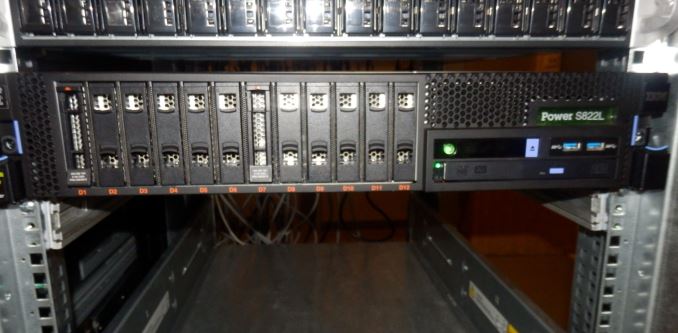
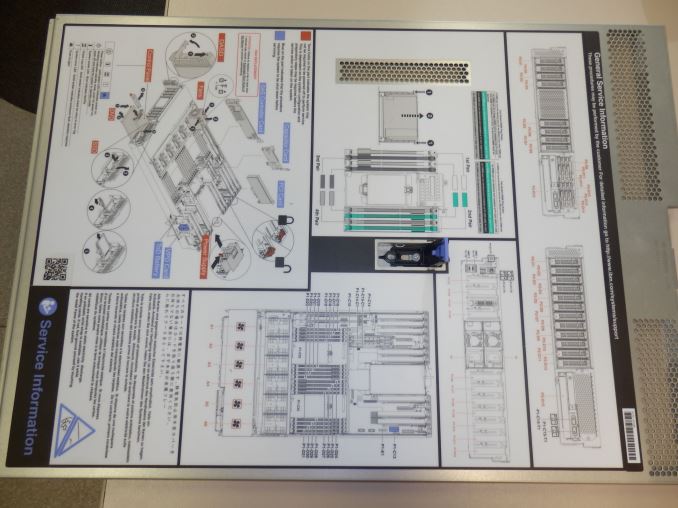
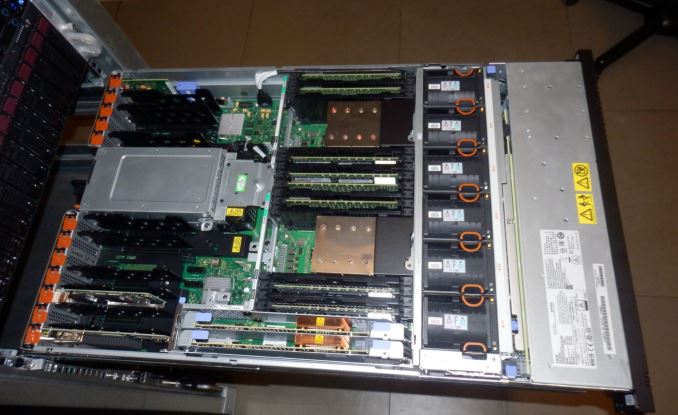
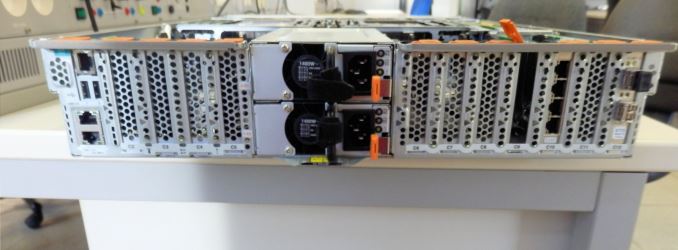
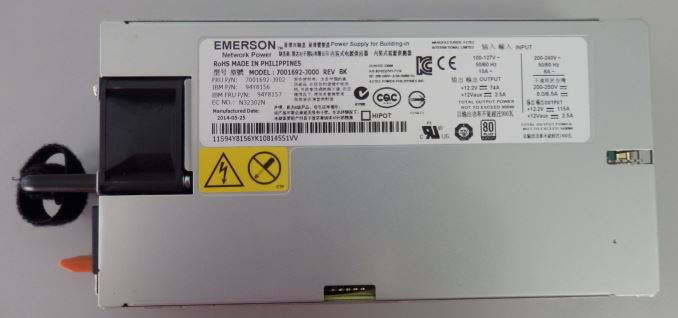








146 Comments
View All Comments
Mondozai - Friday, November 6, 2015 - link
That's too bad. Over 90% of the world population exists outside of it and even if you look at the HPC market, the vast majority of that is, too.The world doesn't revolve around you. Get out of your bubble.
bji - Friday, November 6, 2015 - link
He never claimed the world revolved around him, he just made a true statement that may be worth consideration. Your response is unnecessarily hostile and annoying.I would expand Jtaylor1986's statement: I believe that most if not all native English speaking populations use commas for thousands grouping in numbers. Since this site is written in English, it might be worthwhile to stick to conventions of native English speakers.
It's possible that there are many more non-native English speakers reading this site who would prefer dots instead of commas, but I doubt it. Only the site maintainers would know though.
Jtaylor1986 - Friday, November 6, 2015 - link
You read my mind :)mapesdhs - Tuesday, November 10, 2015 - link
Talking to numerous people around Europe about tech stuff, I can't think of any nation from which someone used the decimal point in their emails instead of a comma in this context. I'd assumed the comma was standard for thousands groupings. So which non-US countries do use the point instead? Anyone know?lmcd - Friday, November 6, 2015 - link
Cool on the rest of the world part, but the period vs comma as delimiters in the world numeric system ARE backward. In language (universal, or nearly), a comma is used to denote a pause or minor break, and a period is used to denote the end of a complete thought or section. Applied to numerics, and you end up with the American way of doing it.^my take
JohanAnandtech - Saturday, November 7, 2015 - link
Just for the record, this was not an attempt to nag the US people. Just the mighty force of habit.ZeDestructor - Saturday, November 7, 2015 - link
For future use: just use a space for thousands seperation (that's how I do it on anything that isn't limited to a 7seg-style display), and confuse readers by mixing commas and periods for decimals :Ptygrus - Sunday, November 8, 2015 - link
I like to use a fullstop for the decimal point, an apostrophe for the thousands separator, a comma for separating items in the list, don't start a sentance with a digit.One list of numbers may be : 3'500'000, 45.08, 12'500.8, 9'500. Second list : 45'000, 15'000, 25'000. We use apostrophes when we contract words like don't so why not use it for contracting numbers where we would otherwise have the words thousand, millions, billions etc ?
mapesdhs - Tuesday, November 10, 2015 - link
I have a headache in my eyeballs! :Dws3 - Friday, November 6, 2015 - link
North America is on the majority side on this issue. Asia, in particular, is almost completely on the side of using a dot as the decimal separator and a comma to put breaks in long numbers.Get with the program Europe. The world doesn't revolve around you!